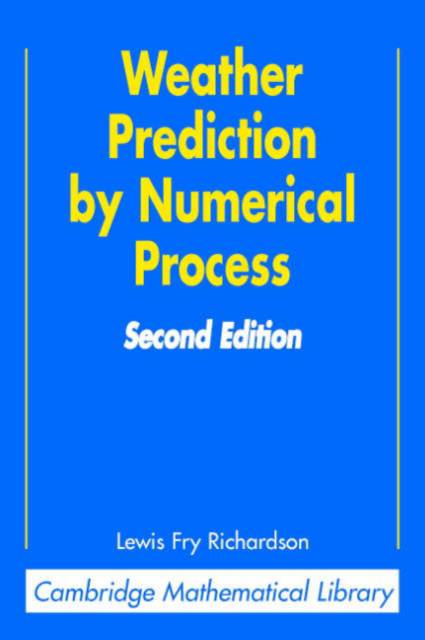
- Afhalen na 1 uur in een winkel met voorraad
- Gratis thuislevering in België vanaf € 30
- Ruim aanbod met 7 miljoen producten
- Afhalen na 1 uur in een winkel met voorraad
- Gratis thuislevering in België vanaf € 30
- Ruim aanbod met 7 miljoen producten
Zoeken
Omschrijving
The idea of forecasting the weather by calculation was first dreamt of by Lewis Fry Richardson. The first edition of this book, published in 1922, set out a detailed algorithm for systematic numerical weather prediction. The method of computing atmospheric changes, which he mapped out in great detail in this book, is essentially the method used today. He was greatly ahead of his time because, before his ideas could bear fruit, advances in four critical areas were needed: better understanding of the dynamics of the atmosphere; stable computational algorithms to integrate the equations; regular observations of the free atmosphere; and powerful automatic computer equipment. Over the ensuing years, progress in numerical weather prediction has been dramatic. Weather prediction and climate modelling have now reached a high level of sophistication, and are witness to the influence of Richardson's ideas. This edition contains a new foreword by Peter Lynch that sets the original book in context.
Specificaties
Betrokkenen
- Auteur(s):
- Uitgeverij:
Inhoud
- Aantal bladzijden:
- 250
- Taal:
- Engels
- Reeks:
Eigenschappen
- Productcode (EAN):
- 9780521680448
- Verschijningsdatum:
- 13/08/2007
- Uitvoering:
- Paperback
- Formaat:
- Trade paperback (VS)
- Afmetingen:
- 174 mm x 246 mm
- Gewicht:
- 449 g

Alleen bij Standaard Boekhandel
+ 276 punten op je klantenkaart van Standaard Boekhandel
Beoordelingen
We publiceren alleen reviews die voldoen aan de voorwaarden voor reviews. Bekijk onze voorwaarden voor reviews.











